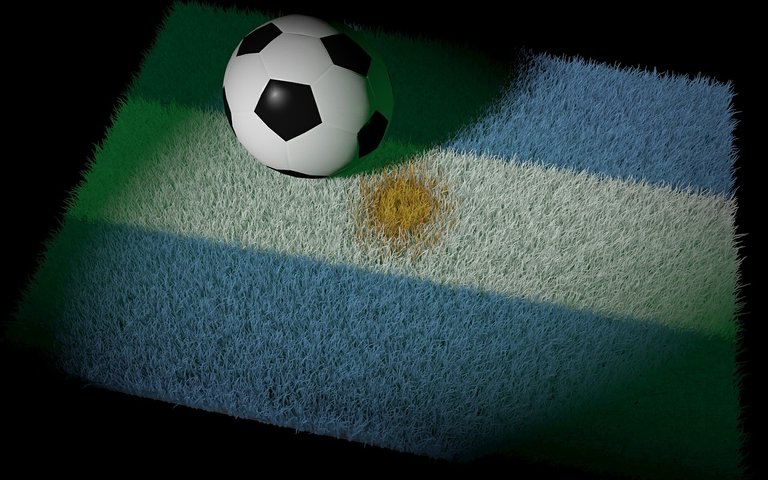A Deep Dive Into Argentine Tango, Not The Dance, But The Football (Part 1 Of 2)
Why does Scaloni's Argentina go into a boring, defensive mode when they get a lead or in the second half in general?

Source
If you want to get the answer to this question, you need to know the Argentine mentality and history. Argentine Tango is famous for its skill-based rhythmic passing, attacking football. This is the original style of Argentine football, which was later modified into Total Football in Barcelona, taking the name "TikiTaka". Spain, Barcelona's TikiTaka football attacks nonstop, playing 90 minutes of beautiful, dominating football. But why does the origin of this style of football, Argentina play annoying football when they take the lead Like the famous football teams in the past, like - Cruyff's Ajax and the Netherlands, Tel Santana's Brazil, Sacchi's Milan, Cruyff's Barcelona, Guardiola's Barcelona. None of them would not have been satisfied if they had only taken the lead, one goal after another, and another, thus keeping the edge of the attack right for the whole 90 minutes. But the Argentine style is different. The Argentine tango style originated in the late nineteenth century, with its peak in the 1940s. There was no World Cup for the second World War in the 40's, Argentina did not play the World Cup at its best time. But there was a belief in the minds of the Argentines, the arrogance that their football philosophy is right, their football is the best in the world.
The Argentines did not realize that at that time a football revolution was taking place in neighboring Brazil and Eastern Europe. This is largely due to the fact that World War II and the post World War II World Cup were not to played (1950, 1954). When Argentina went to play in the 1958 World Cup almost 20 years later, they came back from Sweden with the shame of digesting 10 goals in 3 matches. Although Argentina did not get the best players like Stefano, Sivori. The result is a major blow to Argentine confidence and football philosophy. The Argentines then shifted from beautiful football to result oriented football. This change of mindset was led by Osvaldo Jubielda, the guru of Billardo, the World Cup winning coach on 1986. In the 60s, when neighboring Brazil were working with Jogo Bonito to advertise beautiful Latin football to the world, Argentines turned to result oriented defensive football. And in that football, a negative image was propagated to the world by inserting the Argentine fierce, deadly mentality. But even in this result-oriented football, ultimate success did not come. Despite winning the Copa Libertadores, the Club World Cup (then called the Intercontinental Cup), Argentina were always disappointed in the World Cup. Seeing the success of rival Brazil's aesthetic football, Luis Cesar Menotti wanted to bring back the lost past and took the initiative to take Argentina back to its roots. He increased the number of skill-based football in Argentina and redesigned Tango by adjusting to the pressing, offside trap tactics of the time. Although there was a lot of controversy surrounding the 1978 World Cup, there was no controversy over Argentina's notorious game in the 60's. Tango's beauty returns to Argentina with Menetti's hand. While returning to skill based passing football, Menotti did not forget the failures of the past, nor did he forget the memories of the tragedy by showing too much romanticism. It was more important for him to ensure a result than beautiful football against a strong opponent or an important match. He started the game with a tango rhythm, but when he took the lead, he did not hesitate to use defensive, aggressive and time wasting annoying football to keep the result in his favor - because he had to win. [1/2]